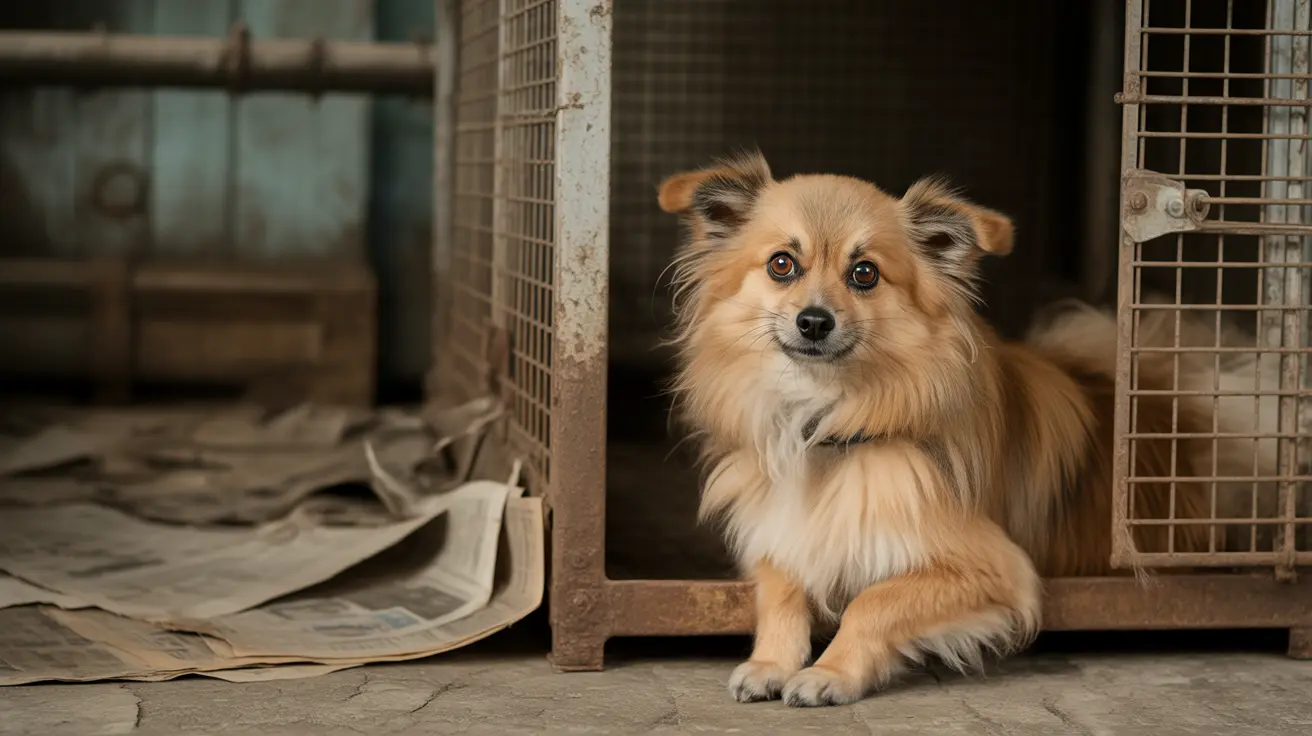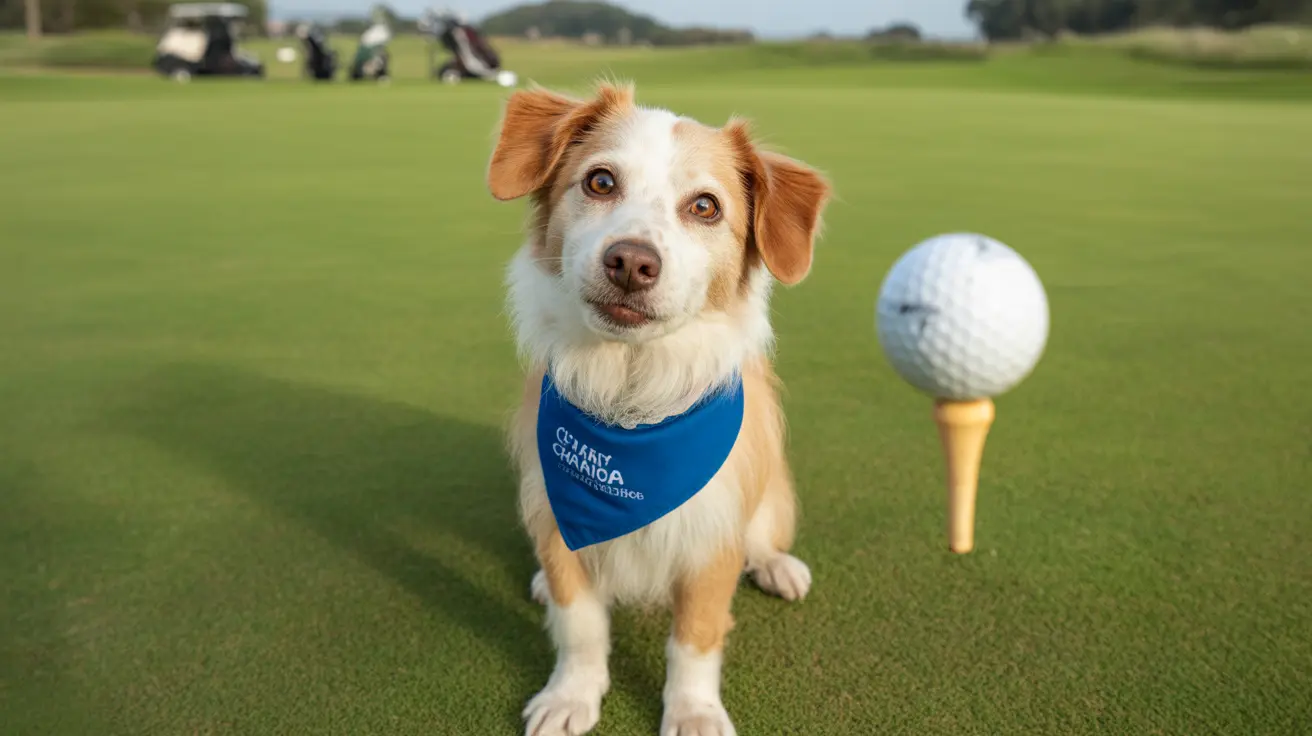Choosing the Best Type of Dog Leash for Your Needs
Dog leashes are more than just a walking accessory—they're essential for safety, control, and communication between you and your dog. With so many options available, picking the right leash can feel overwhelming. Let's break down what makes each type unique and how to choose the one that fits you and your furry companion best.
Understanding Dog Leash Types
Not all leashes are created equal. The ideal choice depends on factors like your dog's size, temperament, training level, and your own lifestyle. Here are the most common types:
- Standard Flat Leash: The go-to for everyday walks and basic training. Usually made from nylon or leather, these come in lengths from 4 to 8 feet (6 feet is most popular). Nylon is affordable and strong but can cause friction burns if your dog pulls; leather feels better in hand but costs more and needs maintenance.
- Retractable Leash: Features a cord that extends and retracts from a plastic handle. It gives dogs more freedom to roam but can encourage pulling or cause accidents if not used carefully—especially with untrained dogs.
- Adjustable Leash: Offers variable length via loops or clips (typically 3–6 feet). It’s handy when you need close control in busy areas but want to give more slack in open spaces.
- Long Line Leash: Ranging from 10 to even 100 feet, these are great for recall training or letting dogs explore while staying under control. They require attention to avoid tangling.
- Bungee (Shock-Absorbing) Leash: Contains elastic sections that soften sudden tugs—a plus for running or hiking. However, they may encourage pulling and reduce precise control.
- Hands-Free Leash: Worn around the waist or shoulder, these free up your hands during activities like jogging—best for well-trained dogs.
- Slip Lead: Combines collar and leash in one loop that tightens when pulled. Used mostly in shelters or vet offices for quick restraint—not ideal for regular walks or pullers due to neck pressure.
- Martingale Leash: Offers gentle correction by tightening slightly when the dog pulls (but won’t choke). Helpful as a training aid against pulling.
- Chain Leash: Built tough for dogs who chew through other leashes; heavy and not recommended for small breeds due to weight.
- Double Leash: Lets you walk two dogs at once with a single handle—works best if both dogs walk at similar speeds.
The Role of Materials
The material affects durability, comfort, weight, and maintenance needs. Here’s what you’ll encounter most often:
- Nylon: Strong, lightweight, easy to clean—great all-rounder but can chafe if pulled hard.
- Leather: Durable and softens over time; comfortable grip but higher price tag and needs care.
- Rope: Like climbing rope—offers some stretch and is easy to hold; popular for long lines.
- Biothane: Waterproof nylon webbing with a flexible coating; lightweight and easy to clean—excellent for outdoor adventures.
- Chain: For determined chewers; very durable but heavy on small dogs.
The Importance of Hardware
The clasp matters as much as the leash itself. You’ll find:
- Bolt Snap Clip: Most common; spring-loaded and easy to use but may weaken with strong pullers over time.
- Trigger Snap Clip: Heavier-duty option—less likely to fail with large breeds.
- Carabiner Clip: Locking mechanism adds security for escape artists but adds weight.
Selecting the Best Leash
- If you have a large or strong dog (or one who pulls), opt for thicker leashes with robust hardware—trigger snaps or carabiners are good bets. For puppies or small breeds, lighter nylon or leather leashes suffice.
- Your activity matters: For running/hiking, consider hands-free or shock-absorbing styles; standard flat leashes work well for urban walks and basic training. Long lines are ideal when practicing recall in open spaces—but always supervise closely!
Your comfort counts too—some prefer padded handles or leather grips while others like webbing that dries fast after rainy outings. Weatherproof materials like biothane shine if you’re out in wet conditions often.
Safety Tips
- Inspect clasps and stitching regularly—hardware failure is a common risk point.
- Avoid retractable leashes with untrained dogs—they reduce control in risky environments.
- Laws often limit leash length (usually 6 feet) in public areas—check local rules before heading out.
The Benefits of Using a Dog Leash
A good leash keeps your dog safe by preventing accidents (like darting into roads), discourages dangerous behaviors such as chasing wildlife, helps meet legal requirements in public places, and strengthens communication between you both during walks. Plus—it’s an opportunity for bonding and socialization every time you step outside together!





